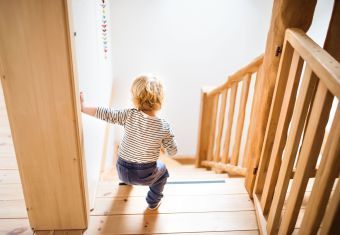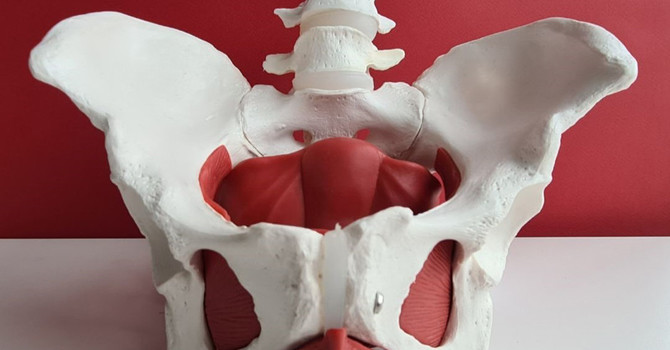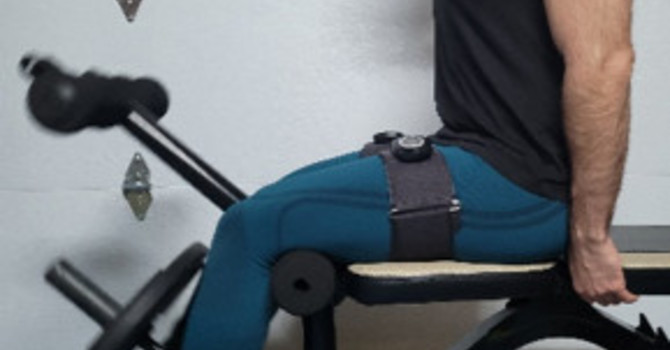
Let’s face it, they’re into everything, all the time, and you’ll never have enough eyes in your head to keep them out of mischief. Since your child getting injured is an inevitability, we’ve put together a list of the most common ways they might manage it, and what you can do about it.
Ankle Sprains
Rolling, twisting or turning an ankle in an awkward way can stretch or tear the ligaments. This can be extremely painful, and can cause tenderness, swelling and bruising. Since ligaments are responsible for stabilizing the joints, a sprain can also inhibit their range of motion and cause them to be unsteady on their foot.
Rest might be enough to allow the ankle to recover on its own, but they might need a proper evaluation to check how badly it has been sprained and whether further treatment is necessary. Your child might also benefit from a brace or supportive footwear while the ankle is recovering.
To lessen the chances of a sprained ankle occurring, make sure your child is wearing well-fitting shoes and the appropriate footwear for the activity. Encourage them to warm up before playing sport and caution them to be careful if running or jumping on uneven surfaces (if they’ll listen – good luck!).
Patellofemoral Pain Syndrome
Sometimes known as “runner’s knee”, patellofemoral pain syndrome is pain in the front of the knee and around the kneecap usually caused by overuse of the knee joint or a blow or fall on the kneecap. Since kids spend a lot of time running, jumping, falling over and bashing into things, this can be a common occurrence.
If your child has patellofemoral pain syndrome, it’s likely their knee will hurt when they bend it to jump, climb stairs or squat down. If they’re sitting with their knee bent for a long time, like at the cinema, this may also cause pain. Some children might also report cracking or popping sounds in their knee.
Most often, simply modifying activities for a while will relieve the worst of the discomfort. We can also advise you on whether shoe inserts (orthotics) to support their feet may be beneficial. Sometimes hands-on treatments like sports massage can help to relieve some of the strain on the muscles. There are also several exercises we can show them to reduce the likelihood of the problem happening again.
Osgood-Schlatter Disease
At the top of the shinbone is a growth plate - a soft area of cartilage that allows the bone to grow. During a growth spurt, when the muscles, bones and tendons are growing at different rates, the tendon that connects the shinbone to the kneecap can pull on the growth plate at the top of the shinbone. Sport and repetitive movements further stretch this tendon. This causes swelling and irritation, known as Osgood-Schlatter Disease (OSD).
OSD can happen in one or both knees, and causes pain - particularly when running, jumping, going upstairs or walking up hills.
Thankfully, OSD will go away when your child stops growing. Until then, they can continue to do all their normal activities as long as they rest if the pain becomes severe and the pain subsides after a day of rest. If it doesn’t subside after 24 hours of rest, they’ll need to be checked out. We can help provide some protective equipment and footwear to minimize the strain on their knees, and a stretching and warm-up/cool-down routine for sports activities. Strengthening exercises are also often very helpful.
ACL Sprain
You know how kids are always darting about all over the place? Well sudden changes of direction, abrupt stops, pivots and landing awkwardly after a jump can all cause damage to the anterior cruciate ligament (ACL), which helps to connect the thigh bone to the shin bone.
The pain of an ACL sprain is severe, and even the hardiest kid won’t be able to carry on running around. ACL damage causes rapid swelling and a loss of range of motion. It often causes the knee to feel unstable, like it is giving way when they walk, and your child might hear a loud “pop” when the ligament tears.
If you think your child might have an ACL sprain, get it checked out as soon as possible. It’s important to figure out how severe the damage is to determine what treatment is needed. If you have a particularly sporty child, we can also teach them some important exercises to strengthen their muscles and make sure their technique is correct to assist with preventing ACL sprains from occurring in the first place.
If your child sustained an injury or is having pain during their sports or activities, give us a call at 416.490.0449 or email info@striowskiphysio.com to set up an appointment. Our team of physiotherapists at Leslie and Sheppard in North York are also available to do a free 10-minute phone or video consultation to see if we can help.





